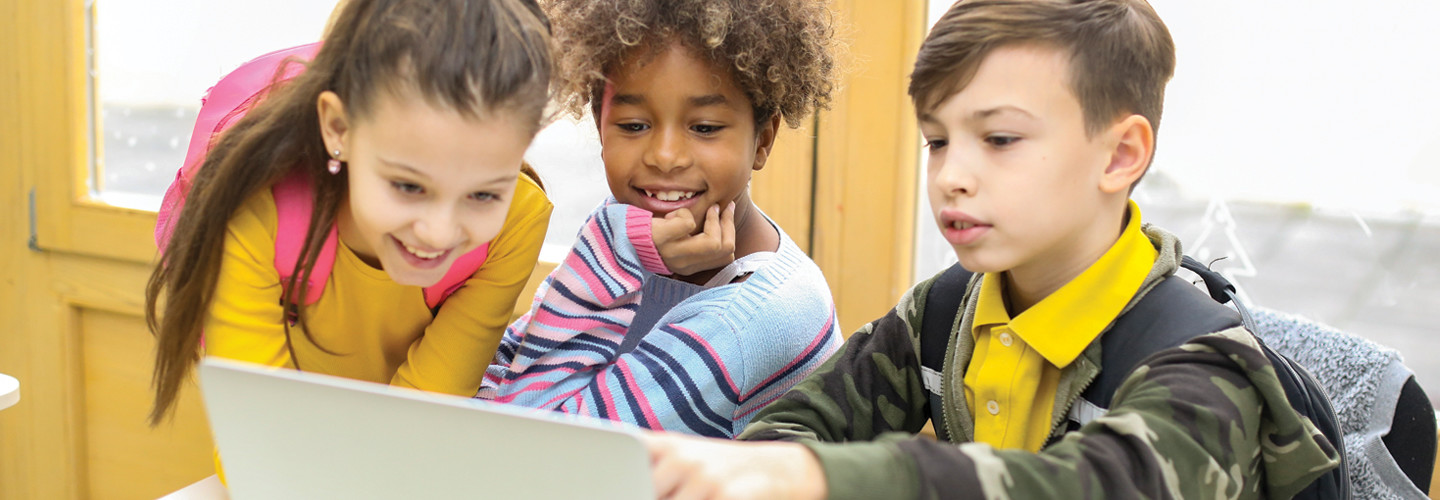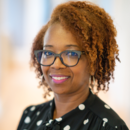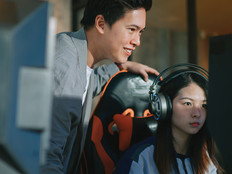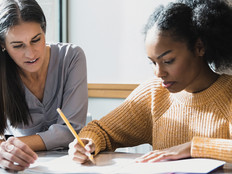Students have been able to make connections to their local communities and see how local people have been catalysts for change and gotten into good trouble. We had no idea what it would become. We were hopeful that people would see the value in it, but we didn’t realize the impact that it would make.
Last week, Natasha and I co-taught a “Good Trouble” lesson with classrooms in Canada. They were so engaged, and they were able to make the connections and wanted to know more about the activists who were in the world. There was one student who said, “I am so happy that you have Malala in this world. My parents are from Pakistan, and I want to learn more.”
EDTECH: What is your hope for the future of the “Good Trouble” world and the students who are experiencing it?
FORD: My hope is that students can take what they’ve seen in the world — and what these activists have done — and understand that these were just ordinary people who took a chance and did extraordinary things. Hopefully students can see that they can begin to impact change wherever they are or stand up when they see something that’s not right.
I’m also hoping there is an extension beyond the people we identified, because we know that our list was by no means exhaustive. There are so many people that have done so many great things. Hopefully students and teachers can continue the conversation and dig deeper into the positive things that people have done from the beginning of time.
LEARN MORE: How schools can work toward digital equity in K–12 education.
EDTECH: Why are Minecraft and similar platforms effective tools to teach students, particularly K–12 students, about topics like social justice?
FORD: It’s about game-based learning. Students love that platform because it’s different from what you normally see in a classroom; it’s not just lectures and note taking. They’re able to have an immersive experience with the content.
It promotes critical thinking and creativity so students can express themselves. The lessons are age-appropriate but also let students express and build and create. We also created these lessons in a way that, after students are finished with the content, there are components of the message outside of Minecraft so they can continue the conversations.
MORE ON EDTECH: Here are 3 ways to set students up for success in the digital age.
For teachers who are not comfortable with Minecraft, I would just encourage them to expose their students to it. Nine times out of 10, the students already have experience with Minecraft. If teachers will just allow them that opportunity, the students can take it from there. And if the teachers have an open mind, they can learn from the students.
EDTECH: How does the implementation of these lessons shape where K–12 education is going?
FORD: I think this is just the beginning of how we can use these various tools to have crucial conversations in K–12 classrooms. It demonstrates that teachers and students are ready for this type of content. You can bring this type of content into a gaming environment for students to be able to understand and relate to these lessons. I can only imagine what others will create going forward.
WATCH: Ford shares more on being a teacher and co-creator of Minecraft's “Good Trouble.”











